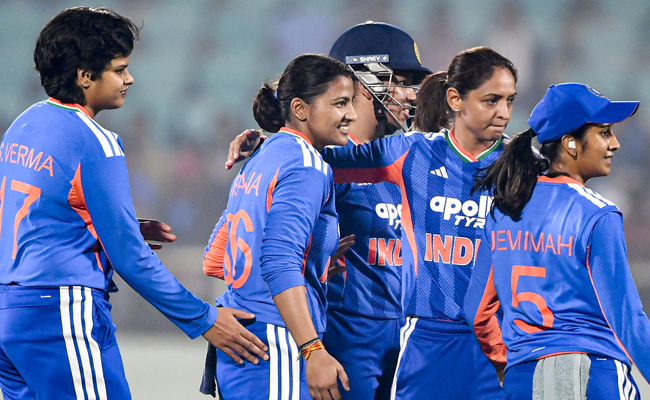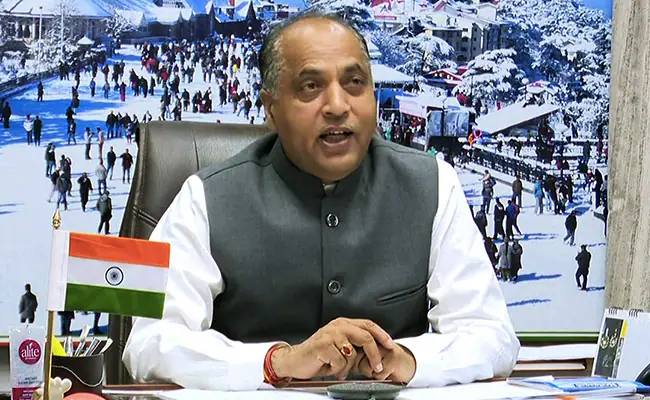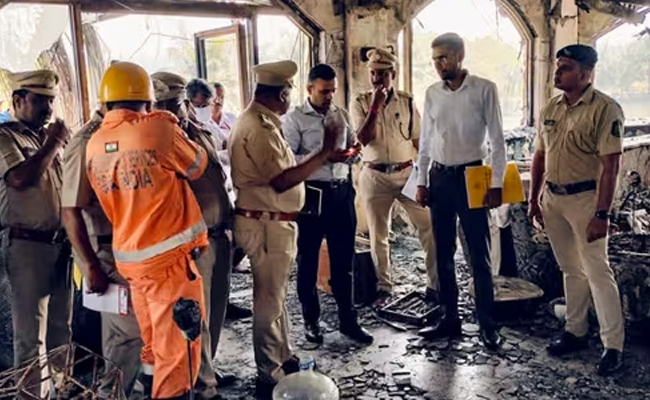Bengaluru: In a move to address the shortage of healthcare staff in public health facilities across Karnataka, the Chief Secretary to the Karnataka Government has submitted a proposal to the Ministry of Health and Family Welfare seeking approval to enhance remuneration for healthcare personnel under the National Health Mission (NHM).
In a letter addressed to Punya Salila Srivastava, Secretary (Health), Ministry of Health and Family Welfare, Dr. Shalini Rajneesh, Chief Secretary to the government of Karnataka, underscored the urgent need for competitive pay scales to attract and retain healthcare professionals in difficult locations.
Highlighting the current challenges faced by Primary Health Centres (PHCs), Community Health Centres (CHCs), and Taluk Hospitals due to the lack of essential staff, Dr. Rajneesh emphasized the public outcry over shortage in healthcare services.
Meanwhile in a proposal, submitted by Dr. Naveen Bhat, Mission Director, National Health Mission, Karnataka to Aradhana Patnaik Secretary and Director National Health Mission, Union Health and Family Welfare Ministry, outlines a revised salary structure for various categories of healthcare workers, including nurses, MBBS doctors, clinical specialists, and super specialists.
The revision aims to fulfill the gap owing to stagnant remuneration over the past seven years, which has led to high attrition rates and difficulty in staffing remote areas.
The new salary framework proposes significant increases, with staff nurses earning up to ₹22,000, MBBS doctors up to ₹95,000, clinical specialists up to ₹2,00,000, and super specialists up to ₹2,50,000. Additionally, an annual increment of 5% has been proposed to ensure long-term retention.
According to the letter, for the fiscal year 2024-25, the revised remuneration plan requires a budget of ₹1,739.83 lakhs, bringing the total budget to ₹6,852.55 lakhs.
Additionally, the Karnataka government has assured that the plan will be implemented within the approved NHM budget, with supplementary proposals submitted if necessary.
Through the revised amount of salary, the state government aims to attract qualified professionals, retain existing employees and improve existing healthcare facilities.
Dr. Rajneesh has urged immediate intervention of the central government in this regard to prevent further decline in health care s rvices in the state.
Let the Truth be known. If you read VB and like VB, please be a VB Supporter and Help us deliver the Truth to one and all.
Visakhapatnam (PTI): Shafali Verma hit a blistering unbeaten 69 as India made short work of a paltry target to outclass Sri Lanka by seven wickets in the second Women’s T20 International here on Tuesday.
India now lead the five-match series 2-0 after another one-sided victory, having restricted Sri Lanka to a modest 128 for 9 through a collective display of disciplined bowling from the spin trio of seasoned Sneh Rana, ably complemented by young spinners Vaishnavi Sharma and Shree Charani.
During the chase, vice-captain Smriti Mandhana (14) fell cheaply but Shafali, enjoying new found confidence after a stellar show in the World Cup final, sent the bowlers on a leather-hunt during her 34-ball knock, winning it for her team in just 11.5 overs.
The hosts have now completed back-to-back successful chases within 15 overs which speaks volumes about the unit's sky-high confidence.
Shafali's innings had 11 punchy boundaries apart from a maximum.
The floodgates opened when left-arm spinner Inoka Ranaweera bowled a few flighted deliveries and Shafali would step out everytime to hit her over extra cover. Her footwork against slow bowlers was immaculate whether stepping out to loft the ball or rocking back to punch or pull.
Seeing her confidence, the newly appointed Delhi Capitals skipper Jemimah Rodrigues (26 off 15 balls) also attacked as the duo added 58 runs in just 4.3 overs.
By the time Rodrigues was out trying to hit one six too many, the match as a contest was over. Shafali completed her half-century off just 27 balls and completed the formalities in a jiffy.
Earlier, off-spinner Rana, who got a look-in after Deepti Sharma was ruled out due to fever, showed her utility keeping the Lankan batters under tight leash with figures of 1 for 11 in 4 overs, including a maiden which certainly is a rarity in T20 cricket.
Charani, who made an impression during India's ODI World Cup triumph, took 2 for 23 in her quota of overs, while Vaishnavi after an impressive debut in the opening encounter, finished with 2 for 32, not letting the Islanders get easy runs in her second spell.
The last six wickets fell for just 24 runs, but what stood out during India’s bowling effort was their superb ground fielding. After a patchy show in the previous game, the improved sharpness in the field resulted in three run-outs.
Sri Lankan skipper Chamari Athapaththu (31 off 24 balls) looked in good nick as she deposited length deliveries from seamers Kranti Gaud and Arundhati Reddy over the ropes but it was Rana, who kept her quiet by repeatedly pitching on good length.
Unable to manoeuvre the strike and with the big hits suddenly drying up, Athapaththu chanced her arm at another delivery in which Rana had shortened the length slightly.
Not having transferred the weight into the lofted shot, Athapaththu's hoick was pouched cleanly by Amanjot Kaur at long-off.
This was after Athapaththu's opening partner Vishmi Gunaratne (1) had offered a simple return catch to Gaud.
Hasini Perera (22 off 28 balls) and Harshitha Samarawickrama (33 off 32 balls) did stitch a stand of 44 but they could never set the tempo against the Indian spin troika.
Once Hasini offered a tame return catch off a Charani full-toss, Sri Lankans never recovered and lost wickets in a heap towards the end.





